Refine listing
Actions for selected content:
26 results in Cambridge Elements

Theory of Mind in Childhood
- Coming soon
-
- Expected online publication date:
- October 2025
- Print publication:
- 31 October 2025
-
- Element
- Export citation

Stress in Childhood
- Coming soon
-
- Expected online publication date:
- October 2025
- Print publication:
- 31 October 2025
-
- Element
- Export citation
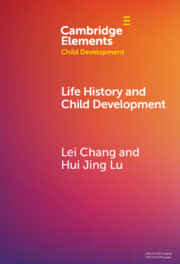
Life History and Child Development
-
- Published online:
- 06 June 2025
- Print publication:
- 26 June 2025
-
- Element
- Export citation
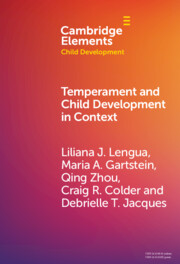
Temperament and Child Development in Context
-
- Published online:
- 22 November 2024
- Print publication:
- 28 November 2024
-
- Element
- Export citation
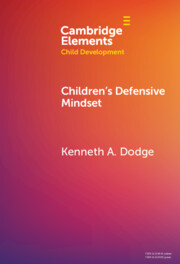
Children's Defensive Mindset
-
- Published online:
- 14 May 2024
- Print publication:
- 06 June 2024
-
- Element
- Export citation
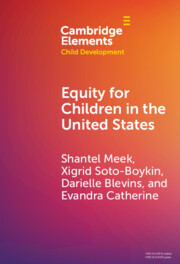
Equity for Children in the United States
-
- Published online:
- 27 April 2024
- Print publication:
- 23 May 2024
-
- Element
-
- You have access
- Open access
- HTML
- Export citation
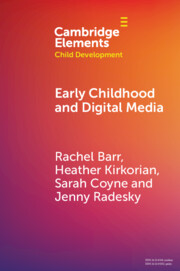
Early Childhood and Digital Media
-
- Published online:
- 24 April 2024
- Print publication:
- 23 May 2024
-
- Element
- Export citation
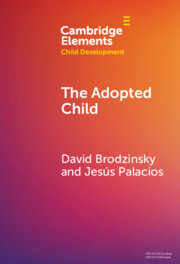
The Adopted Child
-
- Published online:
- 18 December 2023
- Print publication:
- 01 February 2024
-
- Element
- Export citation
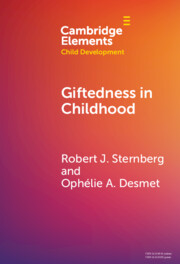
Giftedness in Childhood
-
- Published online:
- 02 December 2023
- Print publication:
- 18 January 2024
-
- Element
- Export citation
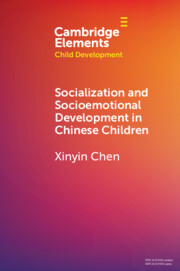
Socialization and Socioemotional Development in Chinese Children
-
- Published online:
- 24 February 2023
- Print publication:
- 09 March 2023
-
- Element
- Export citation
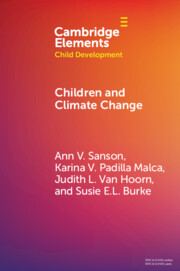
Children and Climate Change
-
- Published online:
- 25 August 2022
- Print publication:
- 22 September 2022
-
- Element
- Export citation
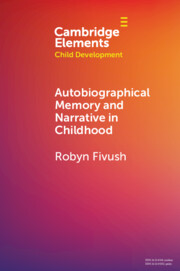
Autobiographical Memory and Narrative in Childhood
-
- Published online:
- 26 July 2022
- Print publication:
- 18 August 2022
-
- Element
- Export citation
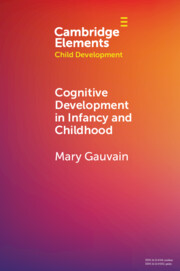
Cognitive Development in Infancy and Childhood
-
- Published online:
- 21 July 2022
- Print publication:
- 11 August 2022
-
- Element
- Export citation
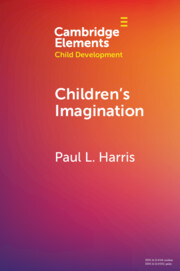
Children's Imagination
-
- Published online:
- 03 June 2022
- Print publication:
- 23 June 2022
-
- Element
- Export citation
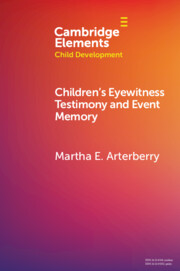
Children's Eyewitness Testimony and Event Memory
-
- Published online:
- 03 June 2022
- Print publication:
- 23 June 2022
-
- Element
- Export citation
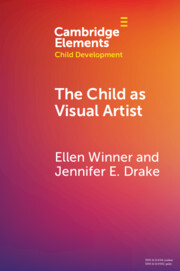
The Child as Visual Artist
-
- Published online:
- 12 April 2022
- Print publication:
- 12 May 2022
-
- Element
- Export citation
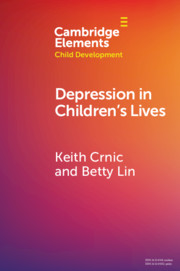
Depression in Children's Lives
-
- Published online:
- 07 August 2021
- Print publication:
- 26 August 2021
-
- Element
- Export citation
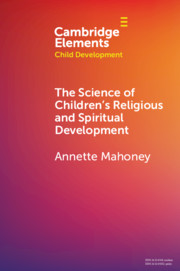
The Science of Children's Religious and Spiritual Development
-
- Published online:
- 24 July 2021
- Print publication:
- 26 August 2021
-
- Element
- Export citation
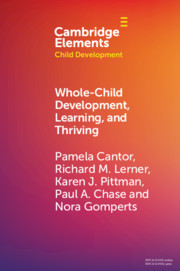
Whole-Child Development, Learning, and Thriving
- A Dynamic Systems Approach
-
- Published online:
- 30 April 2021
- Print publication:
- 20 May 2021
-
- Element
- Export citation
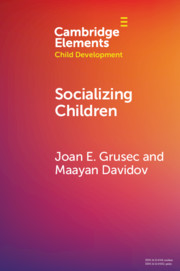
Socializing Children
-
- Published online:
- 30 April 2021
- Print publication:
- 27 May 2021
-
- Element
- Export citation
